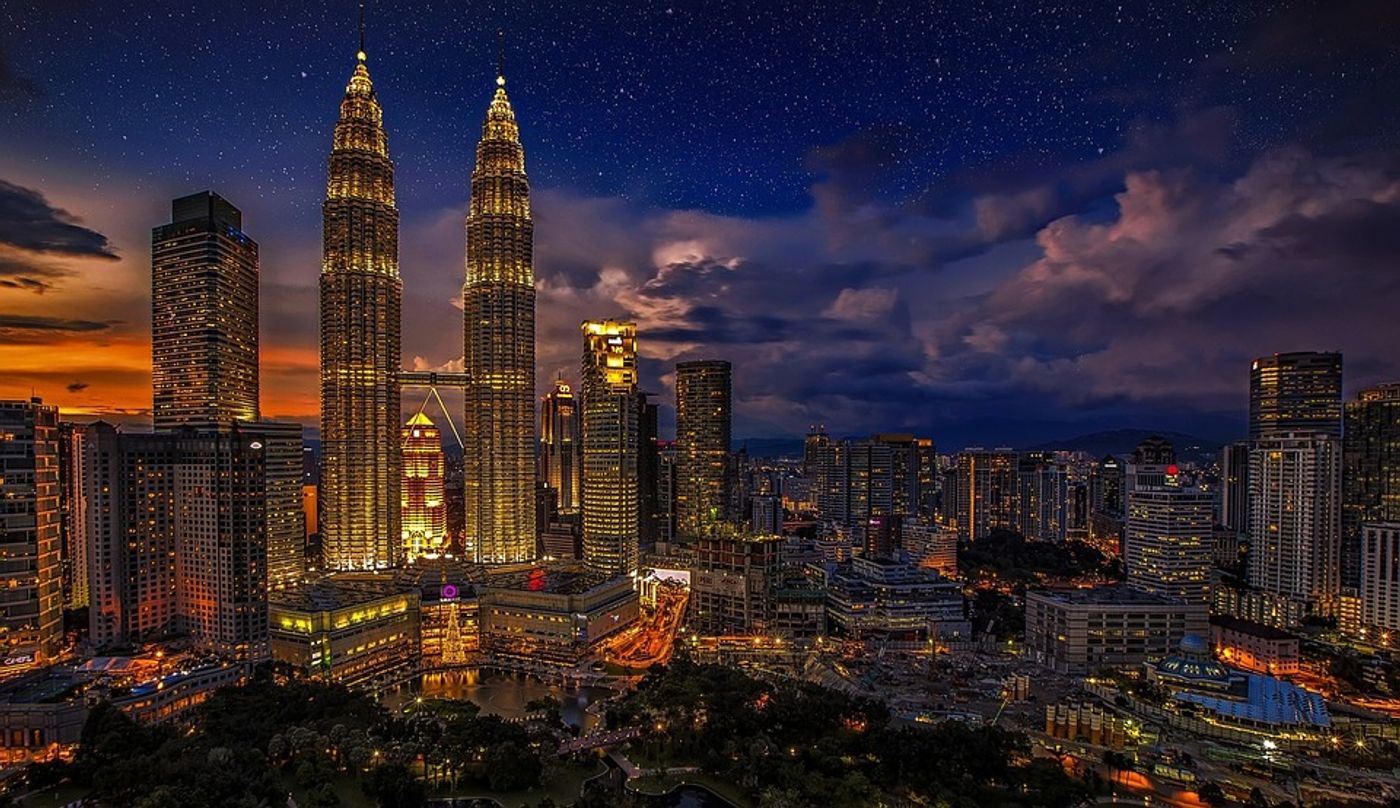Mapping the Cities of the Future
A study published in the journal Nature Communications has predicted the cities of the future with data science. In an effort to map future urbanization, University of Delaware data scientist Jing Gao has analyzed 15 global data sets that show several different aspects of urbanization.
One of the data sets that Gao and his colleague Brian O'Neill, a professor from the University of Denver, utilized in their research is a global map series that highlights urban land change with precision up to 125 feet. The map is composed of satellite images of Earth over the past 40 years and it allowed the researchers to make historical comparisons in previously un-urbanized areas.
Gao comments on one of the trends that the researchers found. "Mining historical data revealed that there are three different urbanization styles: urbanized, steadily urbanizing and rapidly urbanizing," explains Gao, who is an assistant professor of geography and spatial sciences in UD's College of Earth, Ocean and Environment. "And countries evolve from rapidly urbanizing to steadily urbanizing to urbanized over time."
From these findings, the team used machine learning to develop a global simulation model that is capable of forecasting urbanization decade by decade over the next century under differing social and economic conditions.
As Science Daily reports, the projections from the model show that “the total amount of urban areas on Earth can grow anywhere from 1.8 to 5.9-fold by 2100. On average, if past urbanization trends continue, the world will build approximately 618,000 square miles of new urban areas globally over the century. This is an area roughly 4.5 times the size of Germany, or, more than 225 million football fields."
The researchers hope that the projections for specific countries, like the US where urban expansion can be expected to grow four-fold under business-as-usual conditions, will act as warning alarms. "This is where our projections can inform policy and planning," said Gao. "These projections can help researchers and analysts understand how large-scale changes that occur over a long time period, such as climate change, may affect local urban areas."
That’s because, unfortunately, even under the most favorable socio-economic scenarios, most countries are projected to become urbanized by the end of the century.
Sources: Nature Communications, Science Daily









